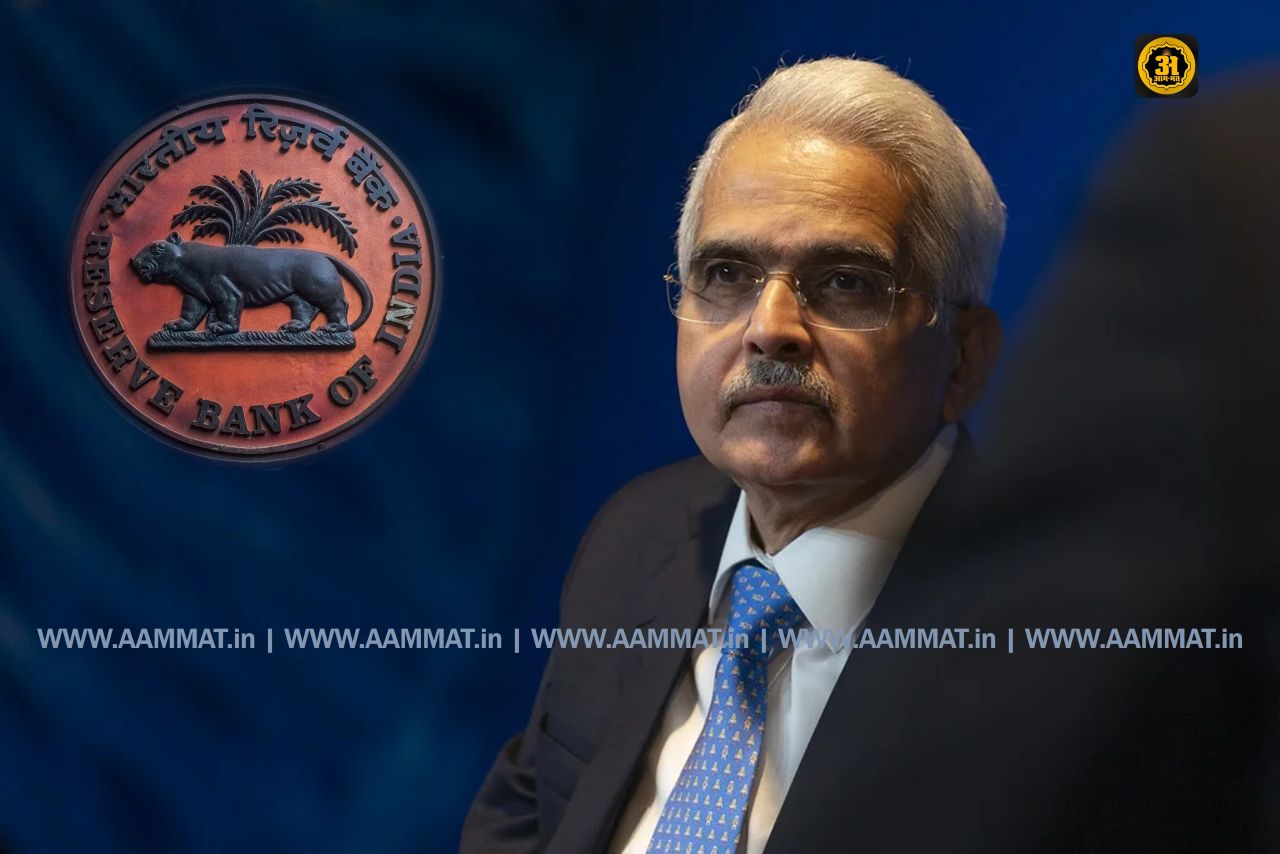Copyright © 2023 Entrepreneur Media, LLC All rights reserved. Entrepreneur® and its related marks are registered trademarks of Entrepreneur Media LLC
By Entrepreneur Staff •
Share
There are best practices, standard operating procedures and several types of processes in the business world. Processes help maintain order and provide guidelines for a smooth workflow. They are what makes businesses tick.
One of the essential tools a business can utilize is business process management (BPM). Keep reading to find out everything you need about what it is, different types, benefits and use cases.
Related: The 10 Golden Rules of Effective Management
Business process management is a broad-scope end-to-end process that includes methods that promote discovery, modeling, analysis, improvements and optimization of business processes.
While it might sound similar to task or project management, BPM offers a more extensive scope. Task management zeroes in on individual tasks and project management is a one-time work process; business process management is an end-to-end repeatable process.
A successful BPM can streamline workflow, increase efficiency and reduce costs.
The best business process management systems:
Related: 5 Project Management Systems to Streamline Your Business Processes
Three core types of business process management are used to create efficiency in the workplace.
Integration-centric BPM focuses on the processes that are mainly outside of human involvement, like application programming interfaces (API) that allow businesses to automate and standardize processes for departments, including human resources management (HRM) and consumer relationship management (CRM).
For example, an ecommerce website can use a platform or software to automate its fulfillment and shipping processes, meaning that the interface would complete the task from ordering to the warehouse to shipping.
BPM focuses on end-to-end processes, and an integration-centric process can improve efficiency and agility while reducing the risk of error in the operation.
Human-centric business process management focuses on the people of the business, including their satisfaction, motivation and engagement. Processes must be user-friendly, efficient and effective to provide a positive user experience.
This sector of BPM is essential because it is employees that make a company what it is. This process helps shape the company’s culture by fostering continuous improvement through feedback and adjustments.
For example, involving employee teams when implementing a new process allows you to get their opinions and troubleshoot kinks in the system. Not only can this make for a more effective system, but it can also make employees feel valuable and satisfied. Employees who enjoy their positions and feel appreciated are more likely to be productive and loyal to their company.
Businesses must keep accurate and efficient documents, and document-centric BPM exists to manage the flow of paperwork. BPM is an end-to-end operation, and document-centric means focusing on different stages of paper-based processes so the correct information is always available to the right people.
Document-centric BPM can include digitizing paper documents, adopting document management systems and using electronic signatures or other document automation processes.
For example, when an employee receives an invoice, BPM includes managing it from receipt to approval and ensuring the right people see it along the way.
Related: 5 Things Disruptive Startups Must Consider When Setting Up Business Processes
One of the most critical aspects on the ground floor of business process management is making sure there are defined steps.
When each step is defined, it is easier for team members to identify flaws and track improvement through data at each phase. Clarity promotes better business outcomes.
Take a look at the six lifecycle steps below.
When brainstorming a new process, a clear plan must be laid out at the beginning. Strategic planning should identify organizational goals and analyze the current processes to use as a starting point for improvement. There are three processes to explore, including:
Related: Learn Product Management Secrets with This Bundle
Once you have figured out business goals, you must analyze the current processes to see which parts do and do not align with those goals.
You should use both qualitative and quantitative analysis techniques to get the whole picture before moving forward.
Related: 4 Steps to Setting and Achieving Your Goals in 2023
Depending on the analysis, during this step, you will either design an entirely new BPM or make some tweaks to promote the efficiency of your current BPM.
Once you have decided what needs to be changed, it’s time to examine how to create it. This is a mini-process in itself, which includes the following:
After the new process has been created, it will need to be implemented. Ensure clear guidelines and expectations for this change and a feedback process.
Related: 3 Ways Change Leaders Prevent, Minimize and Manage (or Create) Resistance to Change
While it would be great to create a new process and let it be, that is not the reality of BPM.
You must manage, monitor and track how the new process is working, if it is creating more efficiency and track business metrics to show progress. Set up a calendar by which you check processes to promote consistency.
As you figure out how the new process works through progress monitoring, refine it as you see fit. Continue repeating the six steps whenever a new process needs to be made, or changes are necessary for a current operation.
Related: 5 Ways to Improve Corporate Learning Initiatives
BPM promotes the organization of a business and its procedures. Because of the organizational strategy, BMP benefits include:
Related: Building An Executive Management Team: The How-To
Business process management must be a part of your organizational structure to promote business efficiency. From functions of management and employee engagement to staffing and corrective action, there must be processes in place.
Not only must those processes exist, but they must be updated consistently to maintain alignment with an organization’s goals. If you are looking to boost your business strategy, then BPM is the first place to start.
Are you interested in learning more about management tools, business initiatives and more? Visit Entrepreneur.com for everything you need to know.
Entrepreneur Staff
Editor
It wasn't Jeff Neal's first attempt at a side gig, and before long, the "prototypical millennial side-hustler" realized his product had major potential.
The billionaire typically releases a favorite book of the year list. But he switched it up on Monday and released some of his all-time favorites.
Go ahead, beat yourself up. But not for too long.
Navigating the journey from entrepreneur to CEO is a profound transformation, one that often separates visionary founders from effective business leaders.
The space exploration company was founded by Branson in 2004.
The video of the September 5 altercation quickly went viral on Reddit.
Successfully copied link
We'll be in your inbox every morning Monday-Saturday with all the day’s top business news, inspiring stories, best advice and exclusive reporting from Entrepreneur.
Copyright © 2023 Entrepreneur Media, LLC All rights reserved. Entrepreneur® and its related marks are registered trademarks of Entrepreneur Media LLC
source
ब्रेकिंग न्यूज और लाइव न्यूज अपडेट के लिए हमें फेसबुक पर लाइक करें या ट्विटर पर फॉलो करें. AAMMAT.in पर विस्तार से पढ़ें व्यापार जगत की और अन्य ताजा-तरीन खबरें
















